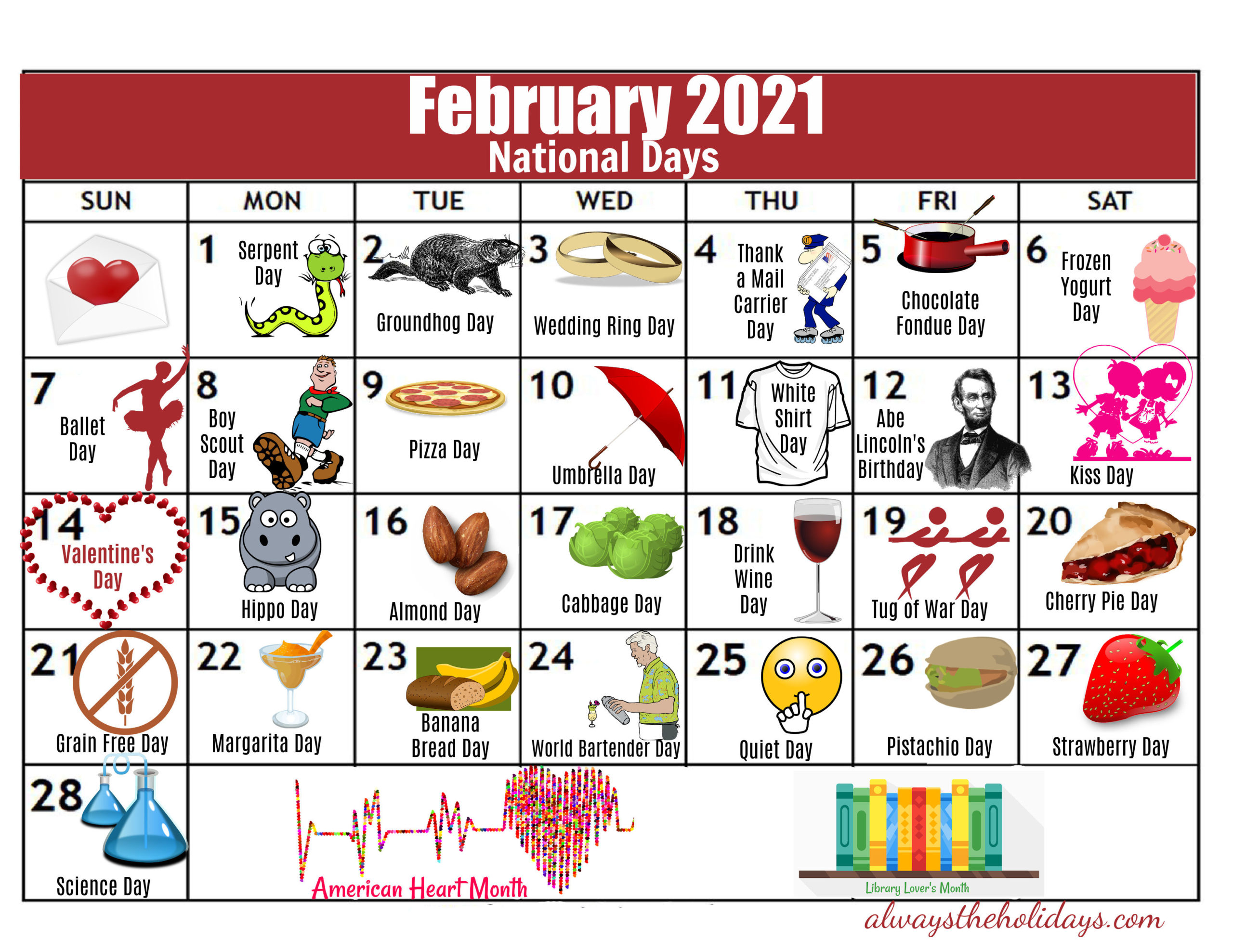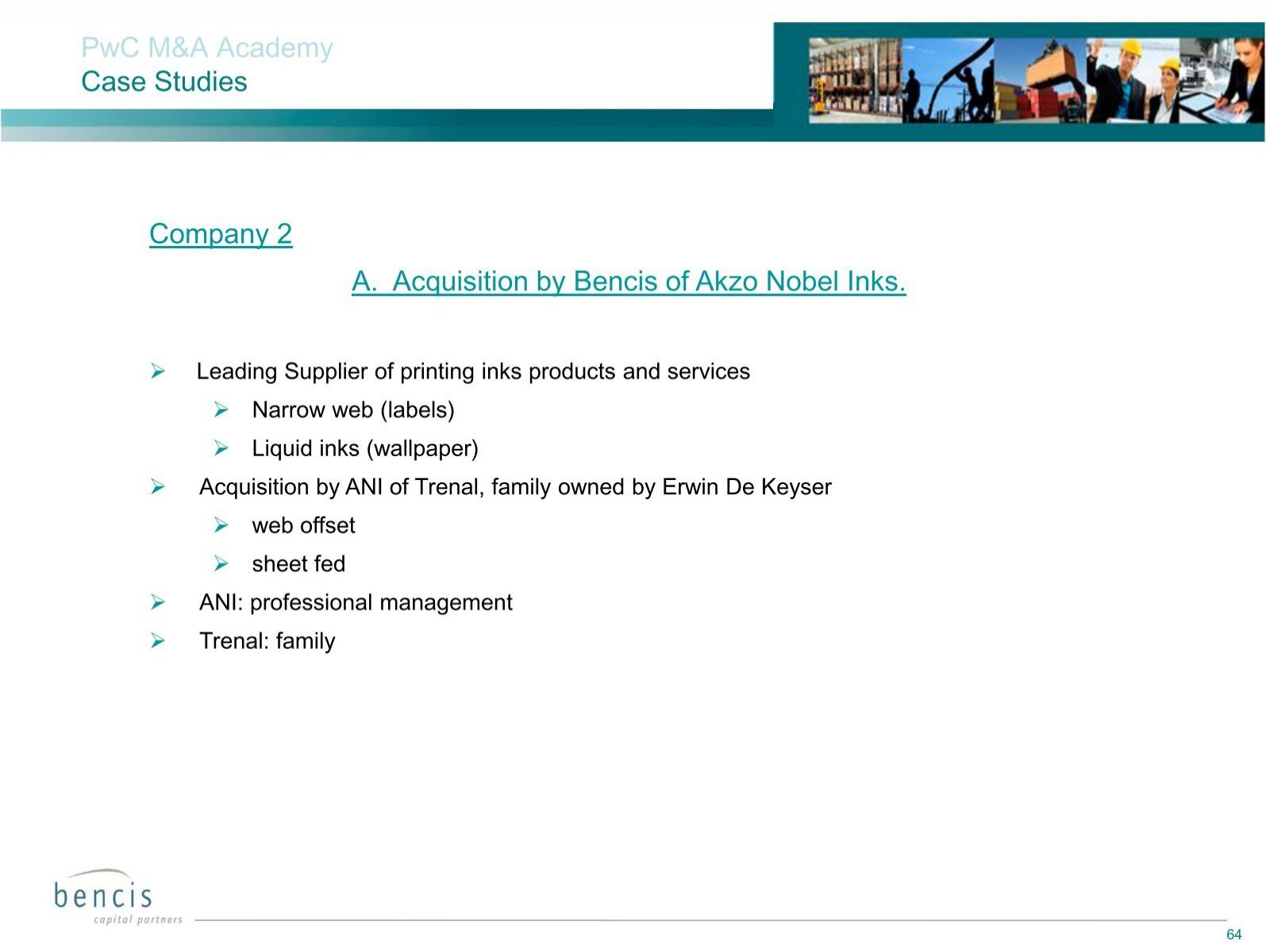Spain Vs. USA: An American's Tale Of Two Very Different Lives

Table of Contents
Cultural Differences: Siesta vs. Hustle Culture
The most striking difference between Spain and the USA lies in the contrasting cultural values that shape daily life. It's a clash between the relaxed pace of Spanish life and the relentless drive of American hustle culture.
Pace of Life:
- Spain: In Spain, life unfolds at a more leisurely pace. The concept of "siesta time," that midday break for rest and relaxation, is deeply ingrained in Spanish culture. Leisurely meals, extended family gatherings, and a strong emphasis on enjoying life's simple pleasures contribute to a less stressful environment. This "leisurely lifestyle" is a key element of Spanish culture, fostering stronger community bonds.
- USA: American culture, conversely, is often characterized by a fast-paced, highly productive environment. The emphasis on individual achievement and career advancement often leads to longer working hours and a more intense focus on work-life balance, or rather, the lack thereof. "Hustle culture" is a term frequently associated with this relentless drive, pushing individuals to constantly strive for more.
- Comparison: The impact on daily routines and stress levels is substantial. In Spain, the slower pace allows for more time with family and friends, leading to a generally lower level of stress. In the USA, the constant pressure to achieve can lead to burnout and a sense of being perpetually overwhelmed.
Social Interactions:
- Spain: Spanish social life revolves around strong community ties. Close-knit neighborhoods and a vibrant public life create a strong sense of "community spirit," with plazas and cafes serving as hubs for socializing. Public gatherings are common, fostering a sense of belonging.
- USA: American individualism often manifests in more fragmented social circles, frequently defined by workplace connections or shared interests. While strong social networks exist, the emphasis is often less on public socializing and more on individual pursuits. "Community building" initiatives are often more structured and less organically ingrained in daily life than in Spain.
- Comparison: Communication styles also differ significantly. Spanish interactions are often warmer and more expressive, whereas American communication tends to be more direct and task-oriented. Building relationships takes time in both cultures, but the social fabric in Spain is undeniably more intertwined.
Cost of Living: Tapas vs. Takeout
The cost of living varies drastically between Spain and the USA, influencing lifestyle choices significantly.
Housing:
- Spain: The Spanish housing market presents a mixed bag. While rent and homeownership costs can be lower in smaller cities compared to major metropolitan areas like Madrid or Barcelona, they still represent a substantial expense. Finding affordable "rent in Spain" can be challenging in popular tourist destinations. The "cost of living in Spain" is relatively lower than in many US cities but depends heavily on location.
- USA: The American housing market is incredibly diverse, with costs varying wildly depending on location, property type, and market conditions. Rent in the USA can be significantly higher in coastal cities and major metropolitan areas. The "cost of living in the USA," especially concerning housing, can be a significant burden in many regions.
- Comparison: Generally, housing costs are often lower in Spain than in many parts of the USA, although this can vary considerably depending on the specific locations being compared.
Everyday Expenses:
- Spain: Groceries in Spain can be surprisingly affordable, especially for fresh produce. "Spanish transportation costs" are generally lower than in the USA, especially if you utilize public transportation. "Entertainment in Spain" offers a range of affordable options, from tapas bars to free outdoor events.
- USA: "Groceries in the USA" can be expensive, particularly in urban areas. "American transportation costs" are often high, particularly for car ownership and fuel. "Entertainment in the USA" can range from inexpensive to extremely costly, depending on the activity.
| Expense | Spain (Estimate) | USA (Estimate) |
|---|---|---|
| Groceries (weekly) | €50-€80 | $100-$200 |
| Transportation | €30-€50 | $100-$300 |
| Entertainment | €50-€100 | $100-$300 |
Healthcare and Work-Life Balance: Public vs. Private Systems
The contrasting healthcare systems and work cultures of Spain and the USA significantly impact daily life and overall well-being.
Healthcare Systems:
- Spain: Spain boasts a largely public healthcare system, providing universal healthcare coverage to its citizens. "Public healthcare Spain" offers comprehensive services at little to no cost, though wait times for certain procedures may be longer than in private systems. "Spanish healthcare system" is generally praised for its accessibility and affordability.
- USA: The US healthcare system is predominantly private, with high costs and varying levels of access. "Private healthcare USA" relies heavily on insurance coverage, creating a complex and often expensive system. "Healthcare costs USA" remain a significant concern for many Americans.
- Comparison: While the Spanish public system prioritizes accessibility and affordability, the US system often prioritizes specialized care and advanced technologies but at a significantly higher cost and with potential access barriers.
Work Culture and Paid Time Off:
- Spain: Spanish law mandates generous paid leave, including significant vacation time and parental leave. "Spanish work culture" values a healthy work-life balance, although long working hours can still occur in some sectors. "Paid leave Spain" and "vacation time Spain" are significantly more extensive than in the USA.
- USA: The USA lacks comprehensive federal mandates for paid leave, resulting in considerable variation across states and employers. "American work culture" often prioritizes productivity and long working hours, potentially leading to a less balanced work-life integration. "Paid leave USA" and "vacation time USA" are significantly less generous than in Spain.
- Comparison: Spain's legally mandated paid leave contributes to a stronger emphasis on work-life balance compared to the USA, where such benefits are often less protected and less comprehensive.
Conclusion: Reflecting on Life in Spain vs. USA
This "Spain vs. USA" comparison reveals significant differences in culture, cost of living, and lifestyle. The relaxed pace of life, strong social connections, and generous paid leave in Spain contrast sharply with the fast-paced, individualistic, and often demanding nature of life in the USA. The "Spain vs. USA lifestyle" choices highlight distinct societal values. My personal experience has shown me the merits and challenges of both countries, and the cultural differences are profound and impactful.
What's your experience with life in Spain vs. the USA? Share your thoughts on the Spain vs. USA debate!

Featured Posts
-
 February 20 2025 A Day Of Happiness
Apr 29, 2025
February 20 2025 A Day Of Happiness
Apr 29, 2025 -
 Two Georgia Deputies Shot During Traffic Stop One Fatality
Apr 29, 2025
Two Georgia Deputies Shot During Traffic Stop One Fatality
Apr 29, 2025 -
 Trumps Tariffs Goldman Sachs Provides Exclusive Advice To Affected Nations
Apr 29, 2025
Trumps Tariffs Goldman Sachs Provides Exclusive Advice To Affected Nations
Apr 29, 2025 -
 Country Music Legends Wife Denies Son Is Now Caretaker
Apr 29, 2025
Country Music Legends Wife Denies Son Is Now Caretaker
Apr 29, 2025 -
 How You Tube Is Attracting Older Viewers An Npr Analysis
Apr 29, 2025
How You Tube Is Attracting Older Viewers An Npr Analysis
Apr 29, 2025
Latest Posts
-
 Understanding Pw Cs Decision To Leave Nine African Markets
Apr 29, 2025
Understanding Pw Cs Decision To Leave Nine African Markets
Apr 29, 2025 -
 Pw C Us Partners Ordered To Sever Brokerage Ties Following Internal Investigation
Apr 29, 2025
Pw C Us Partners Ordered To Sever Brokerage Ties Following Internal Investigation
Apr 29, 2025 -
 Erfolgsbilanz Deutsche Vereine In Champions League Duellen
Apr 29, 2025
Erfolgsbilanz Deutsche Vereine In Champions League Duellen
Apr 29, 2025 -
 Pw Cs African Retreat Reasons Behind The Exit From Nine Countries
Apr 29, 2025
Pw Cs African Retreat Reasons Behind The Exit From Nine Countries
Apr 29, 2025 -
 Auckland Police Detain Du Val Founder Kenyon Clarke
Apr 29, 2025
Auckland Police Detain Du Val Founder Kenyon Clarke
Apr 29, 2025
